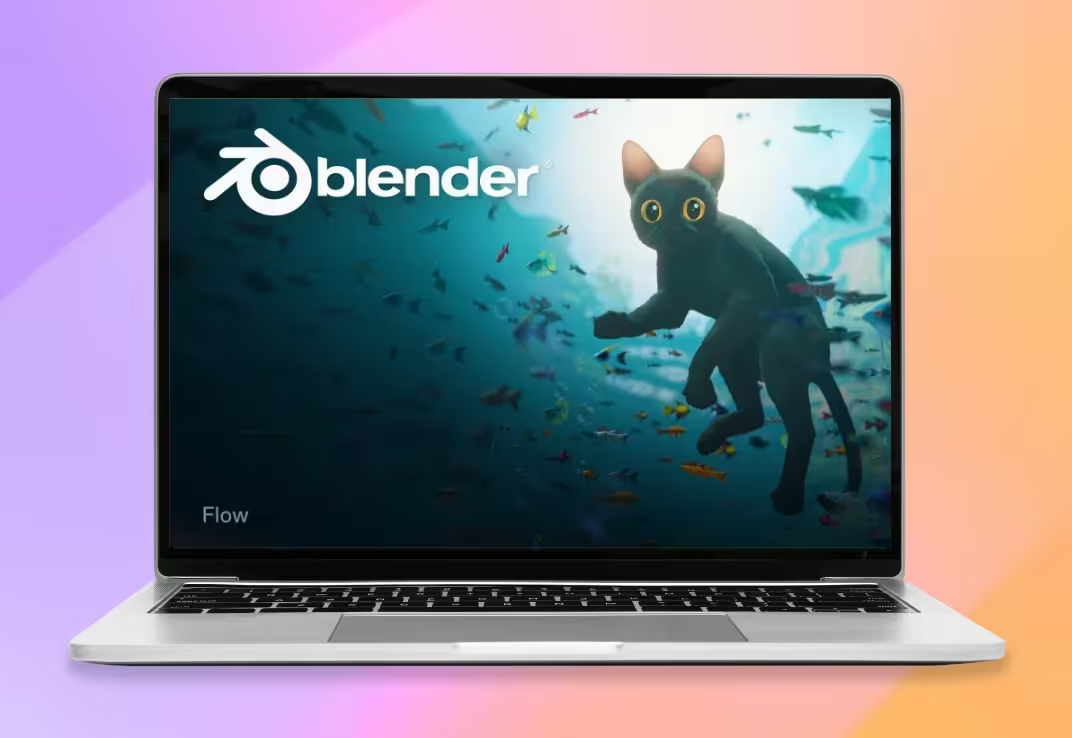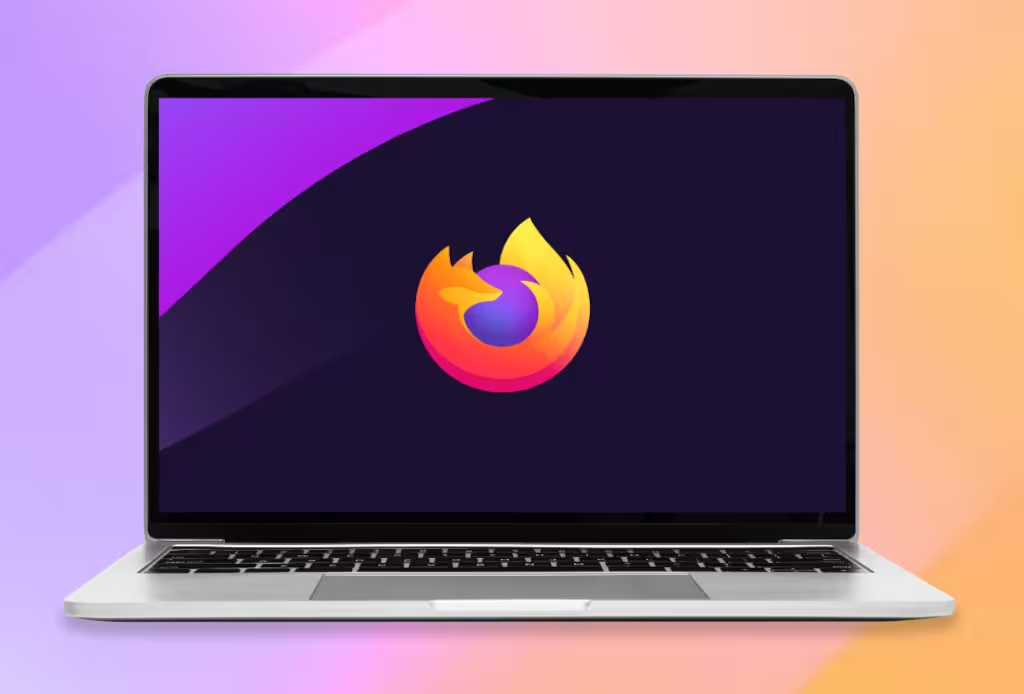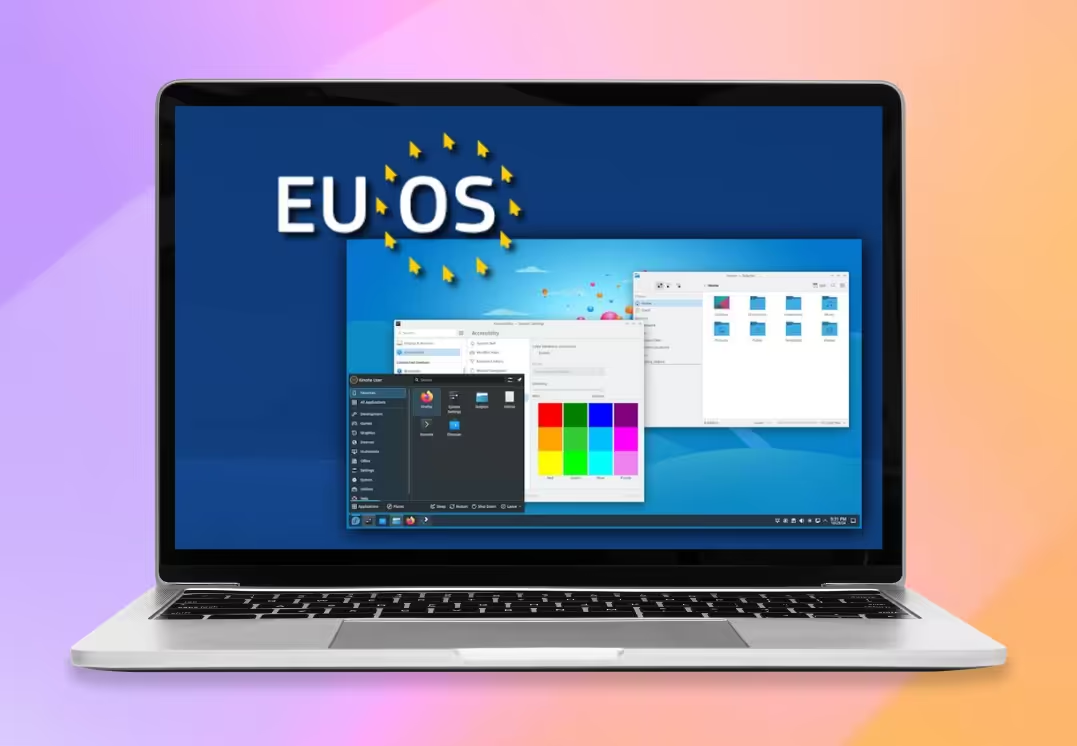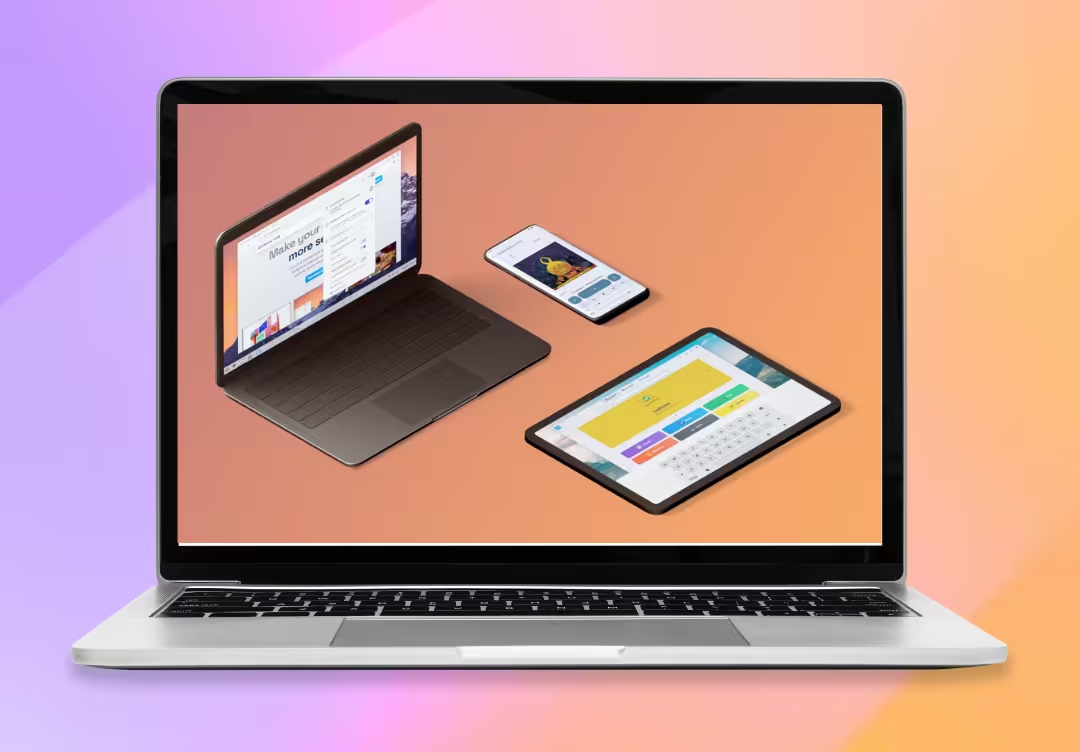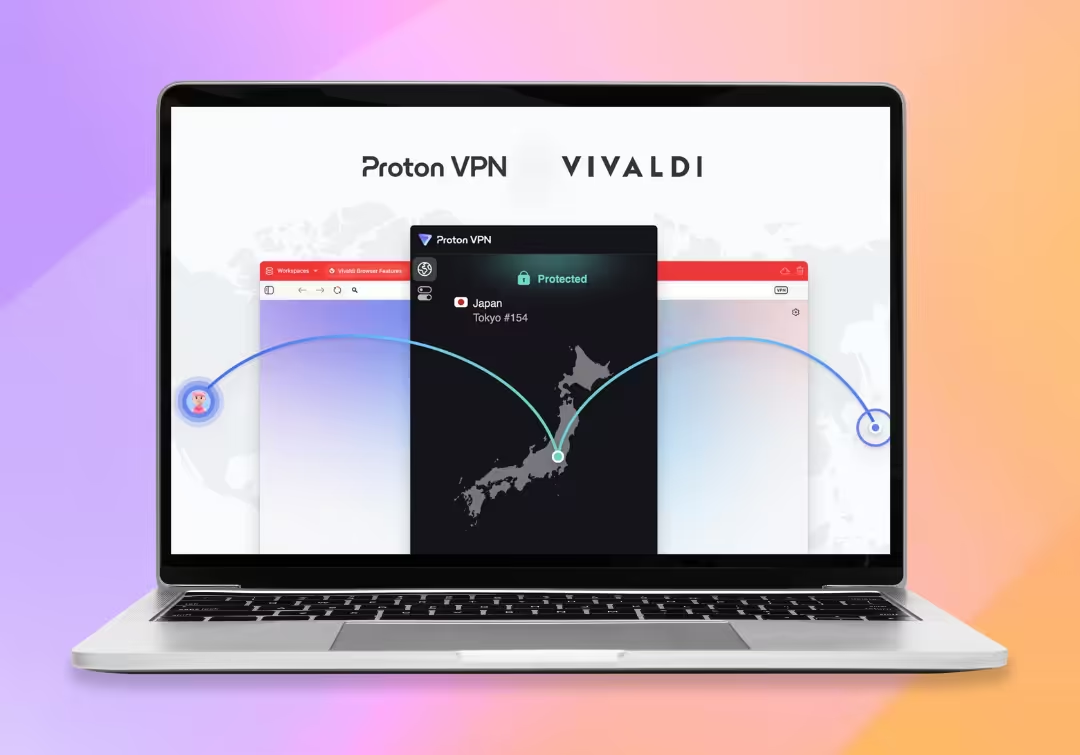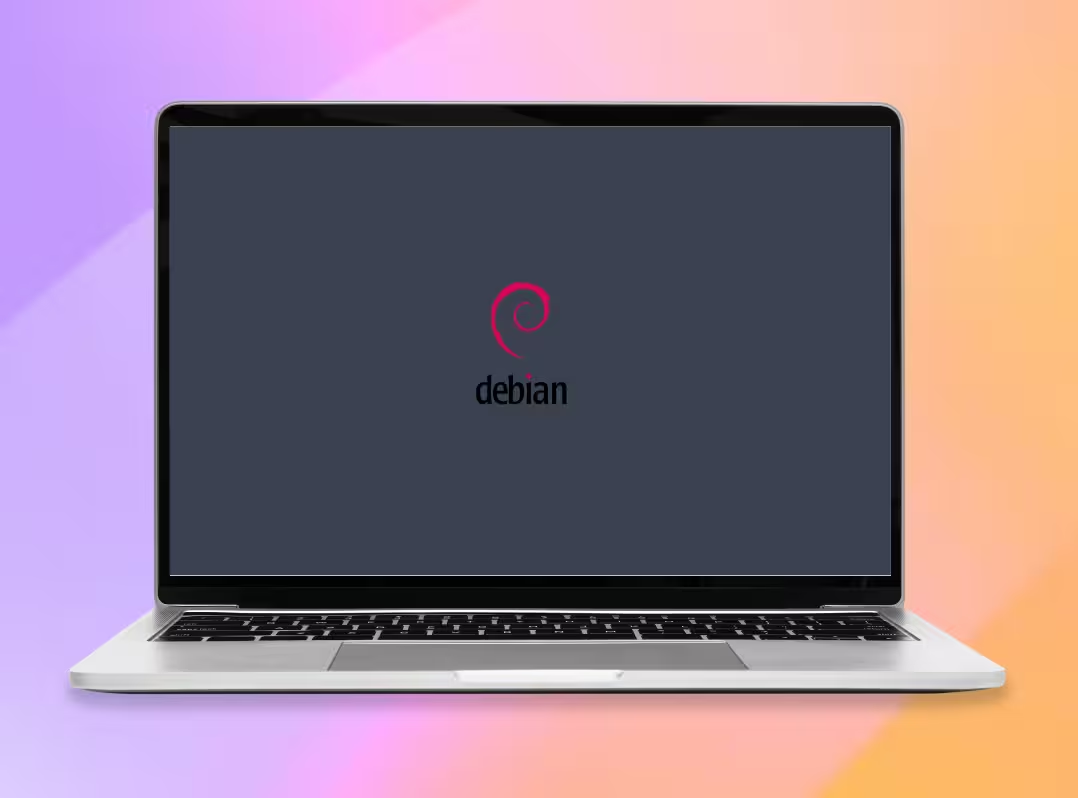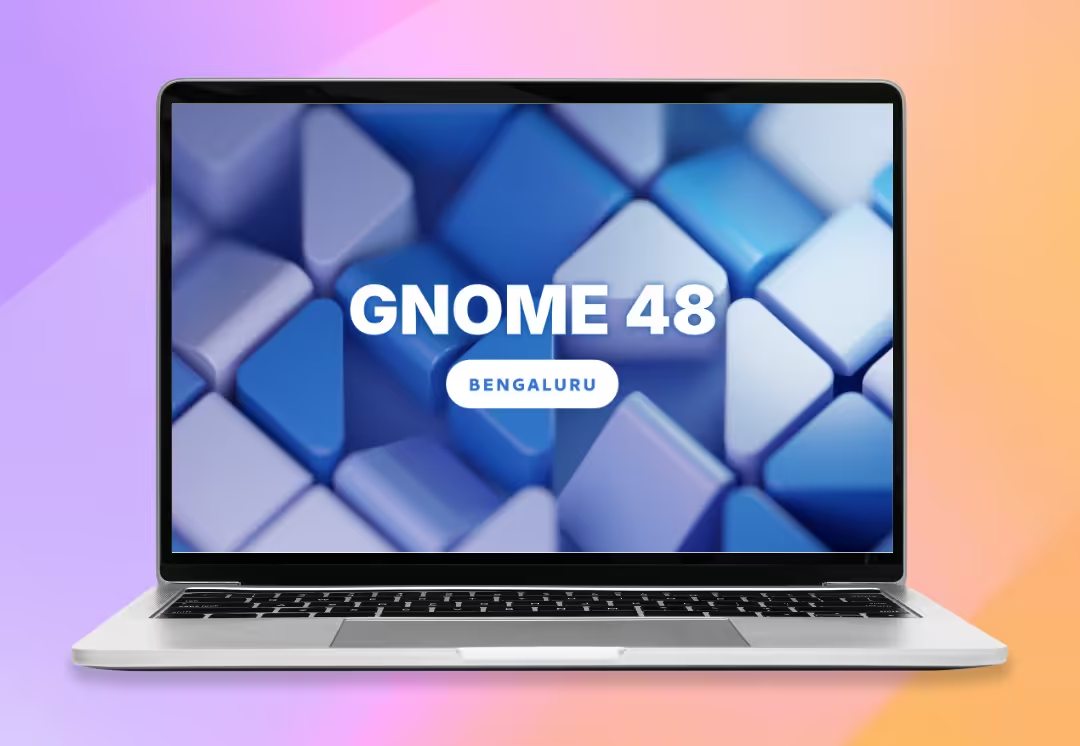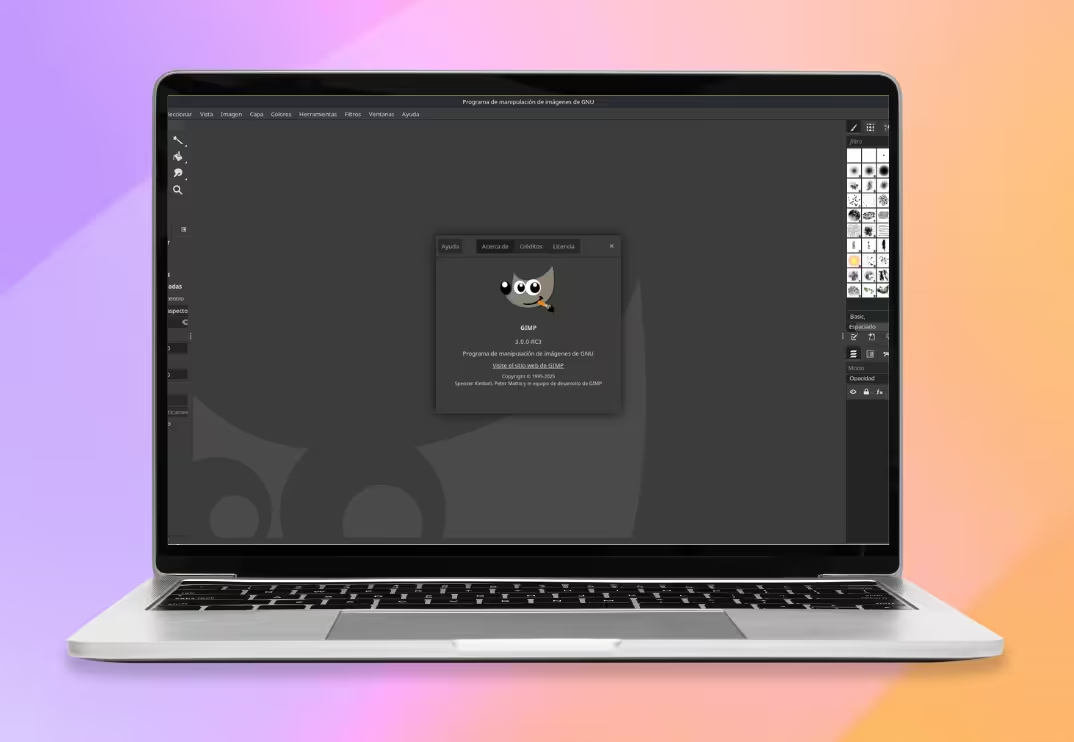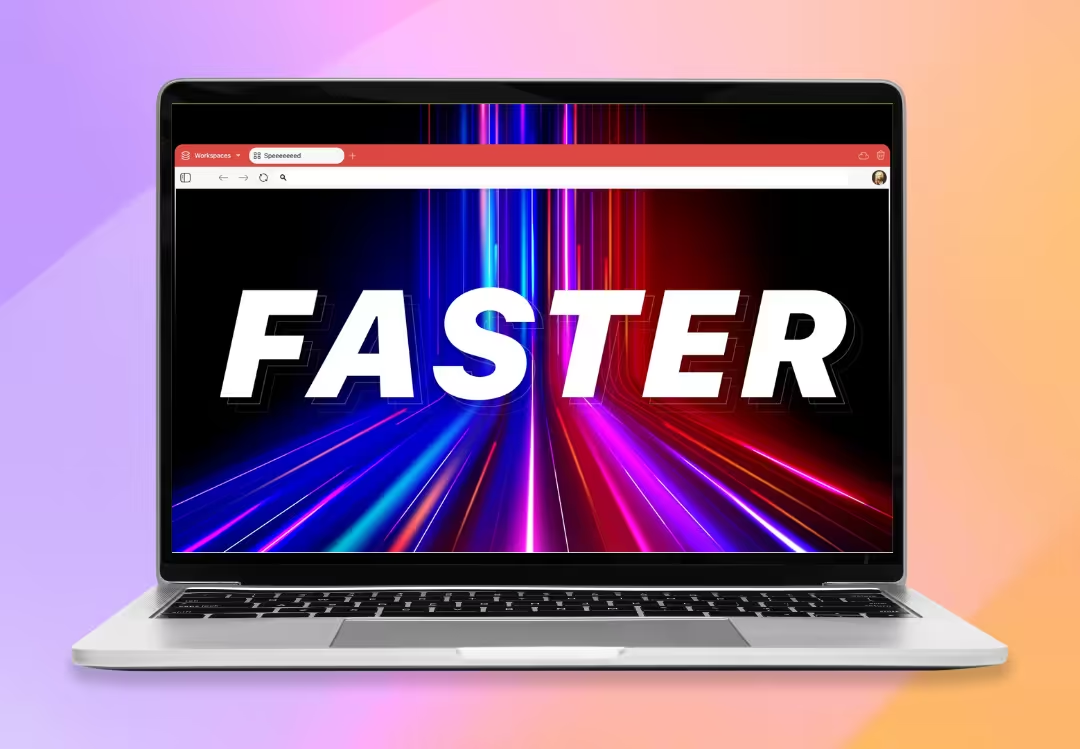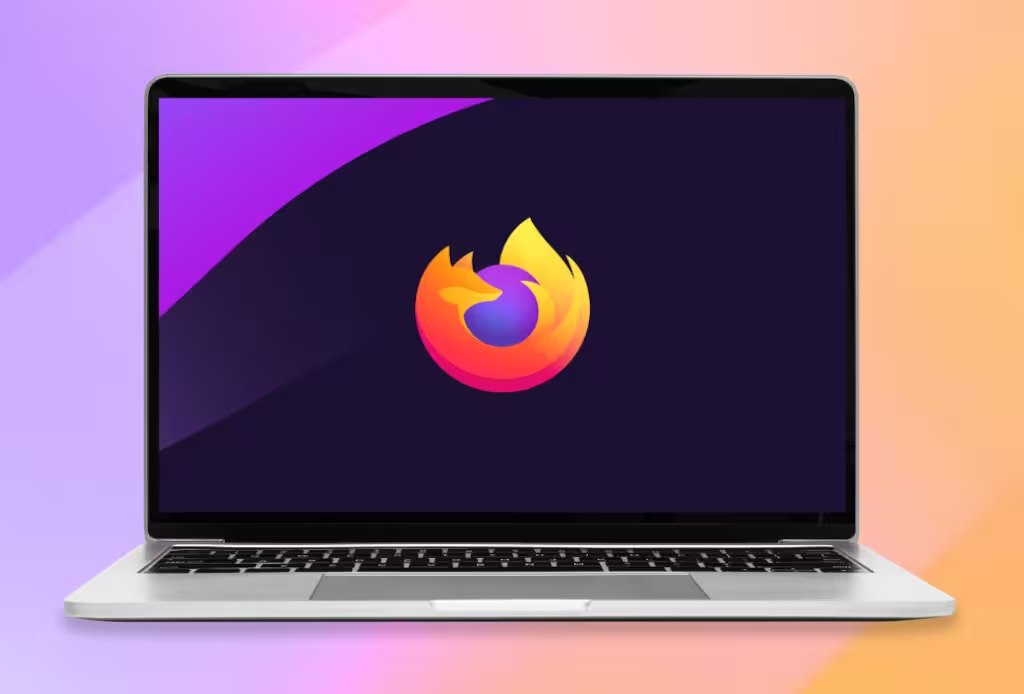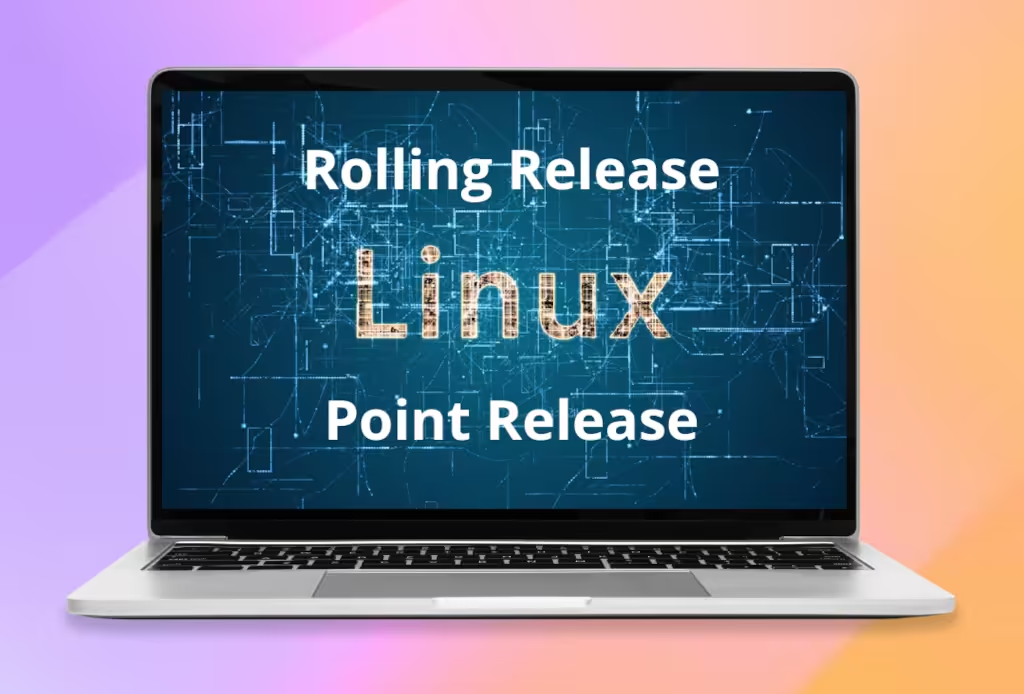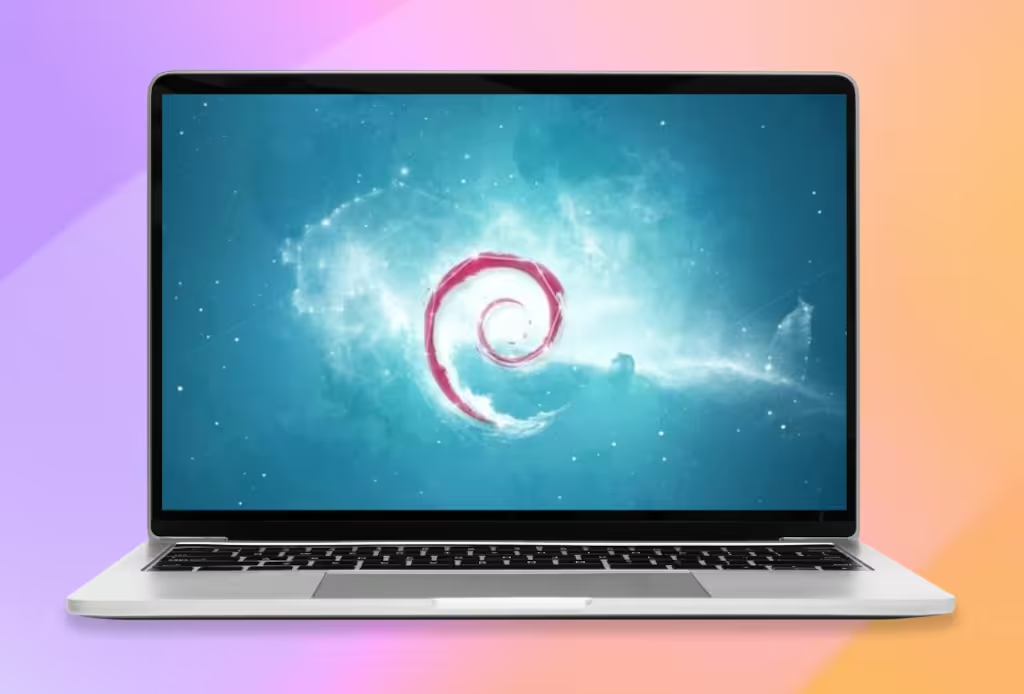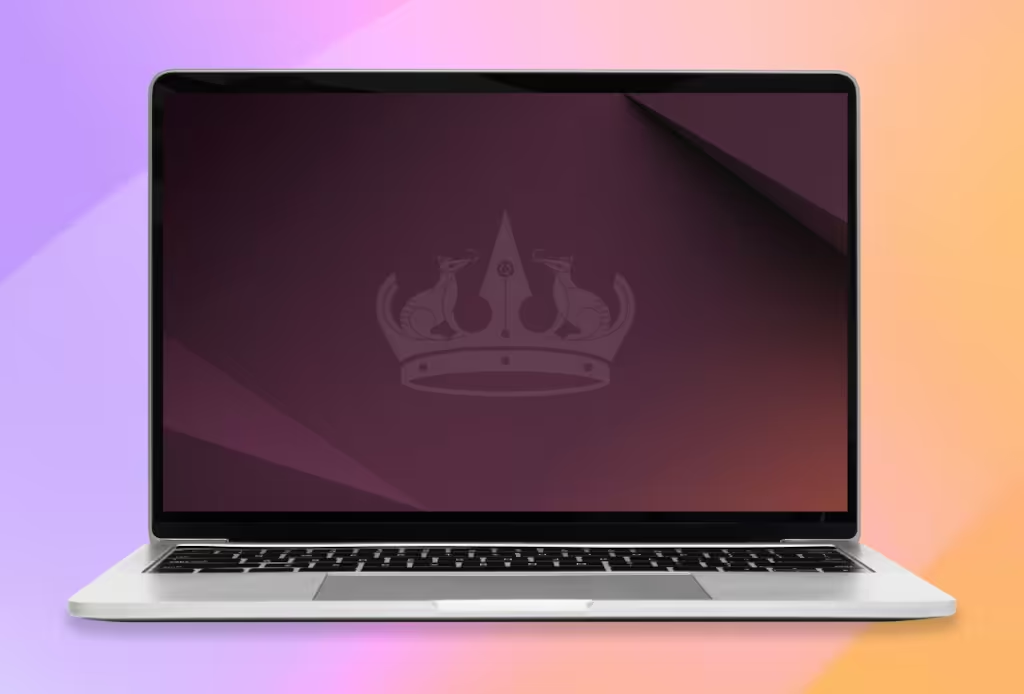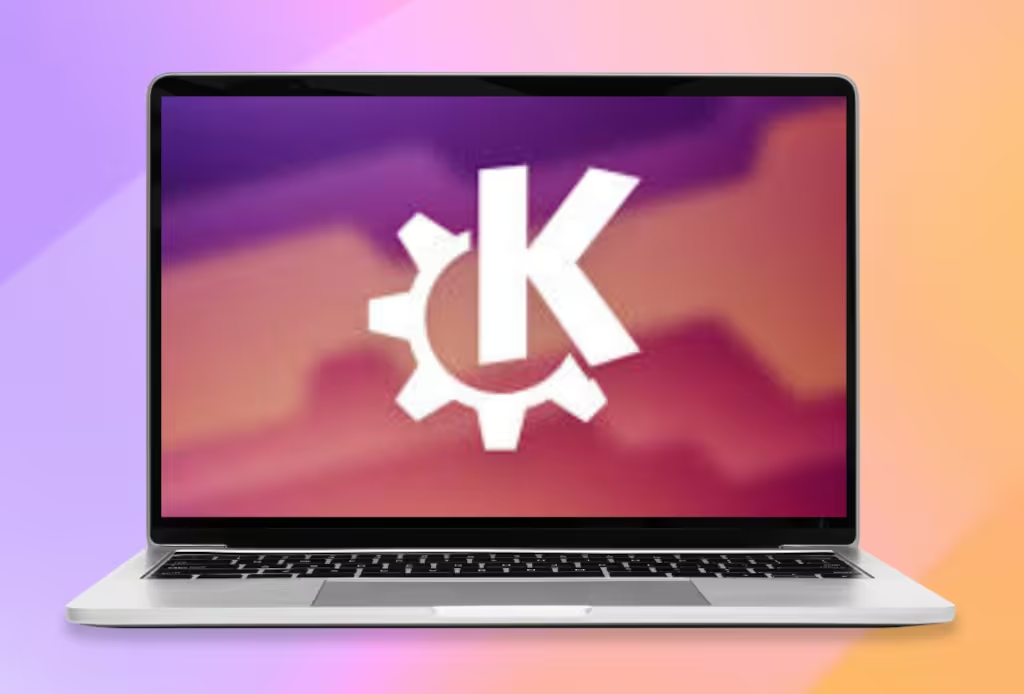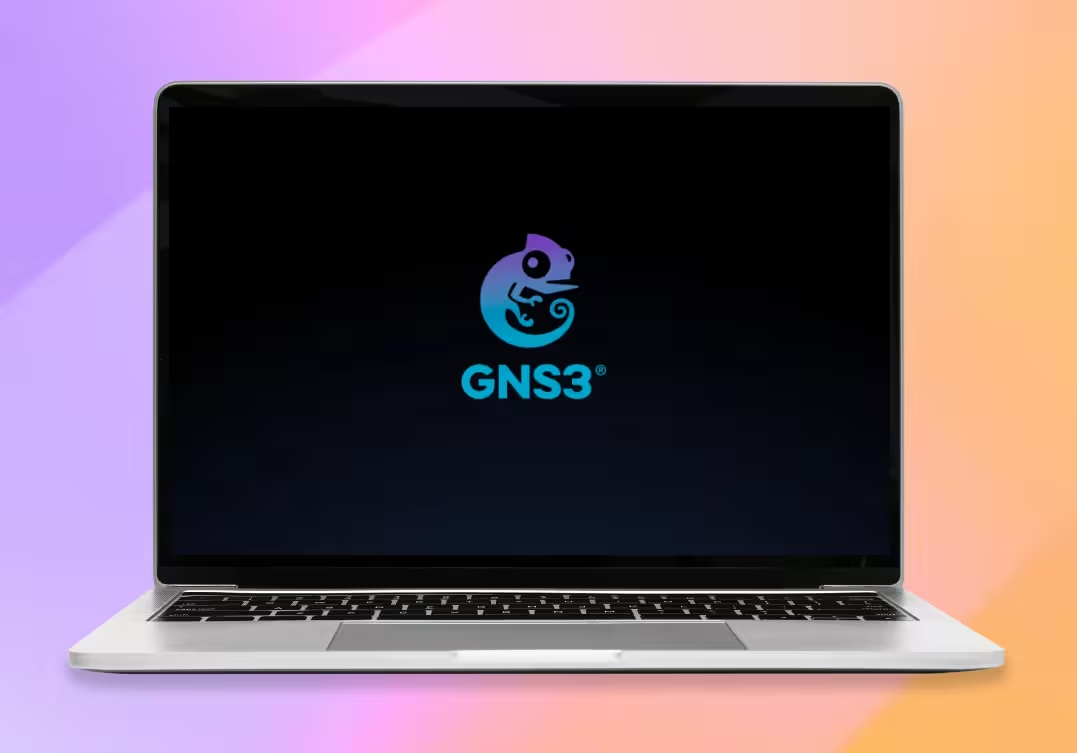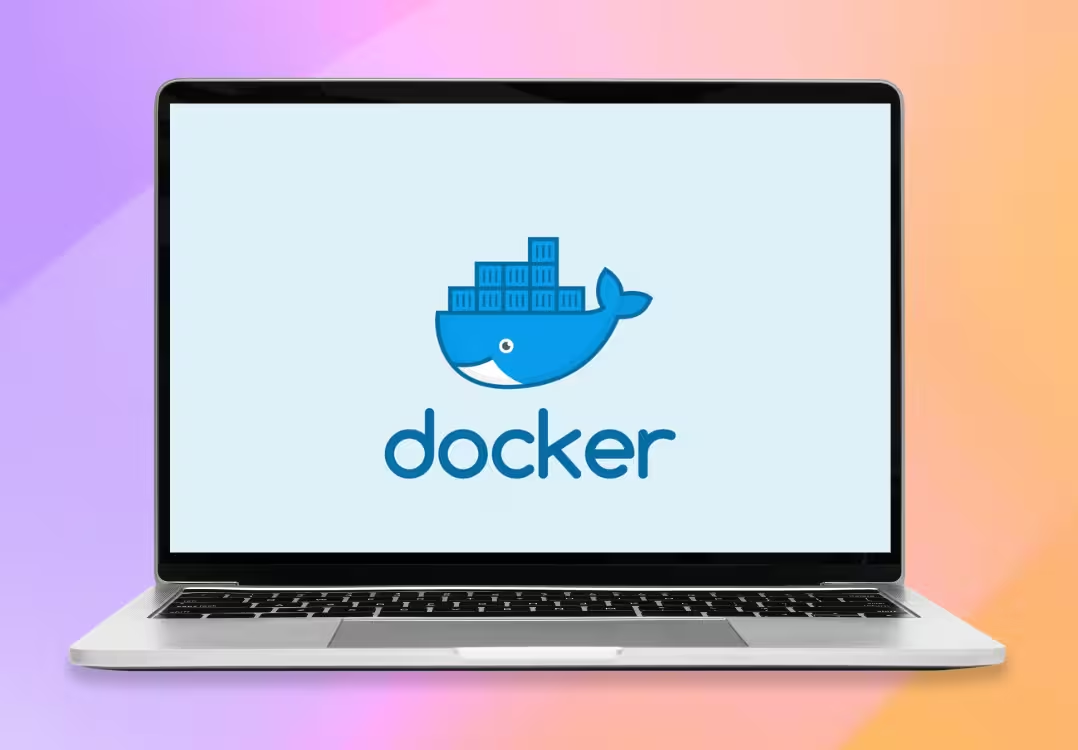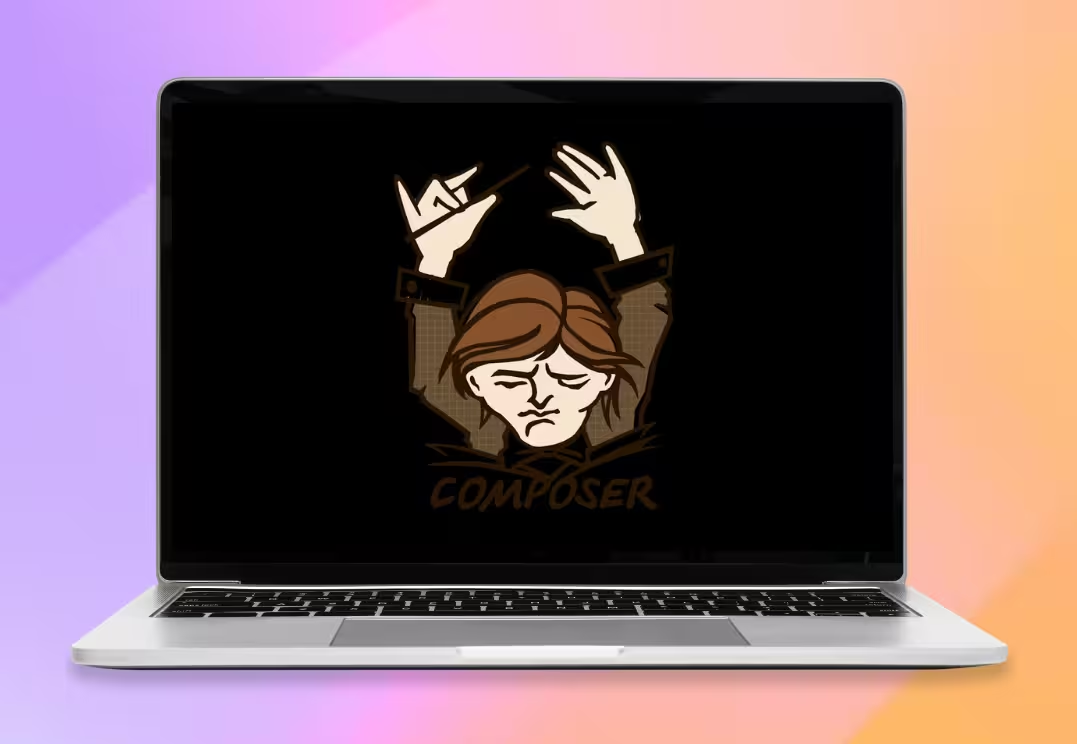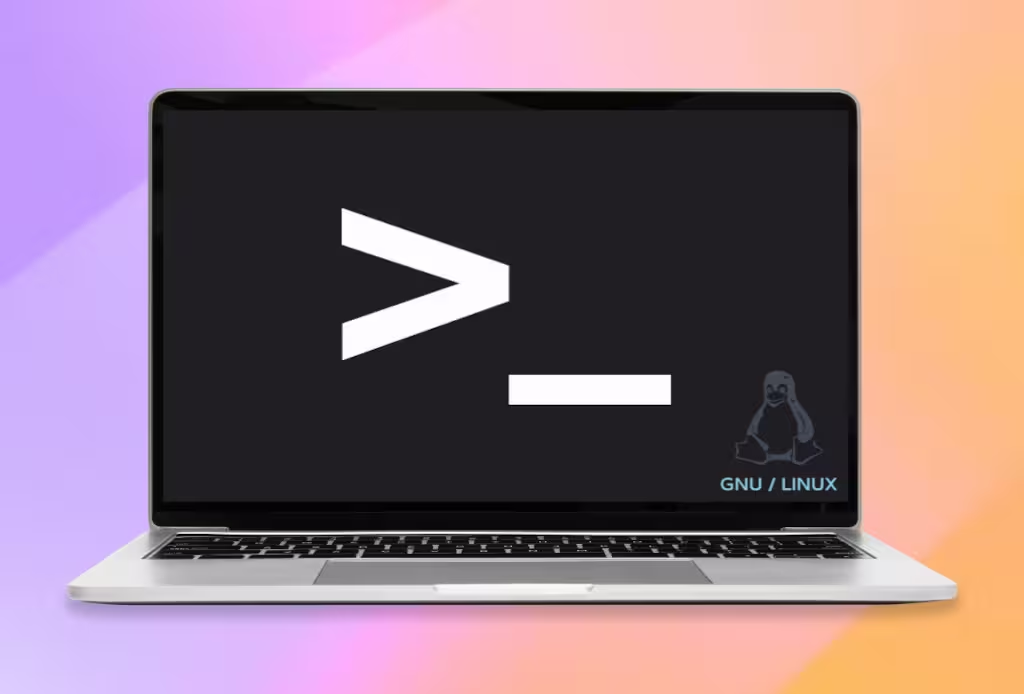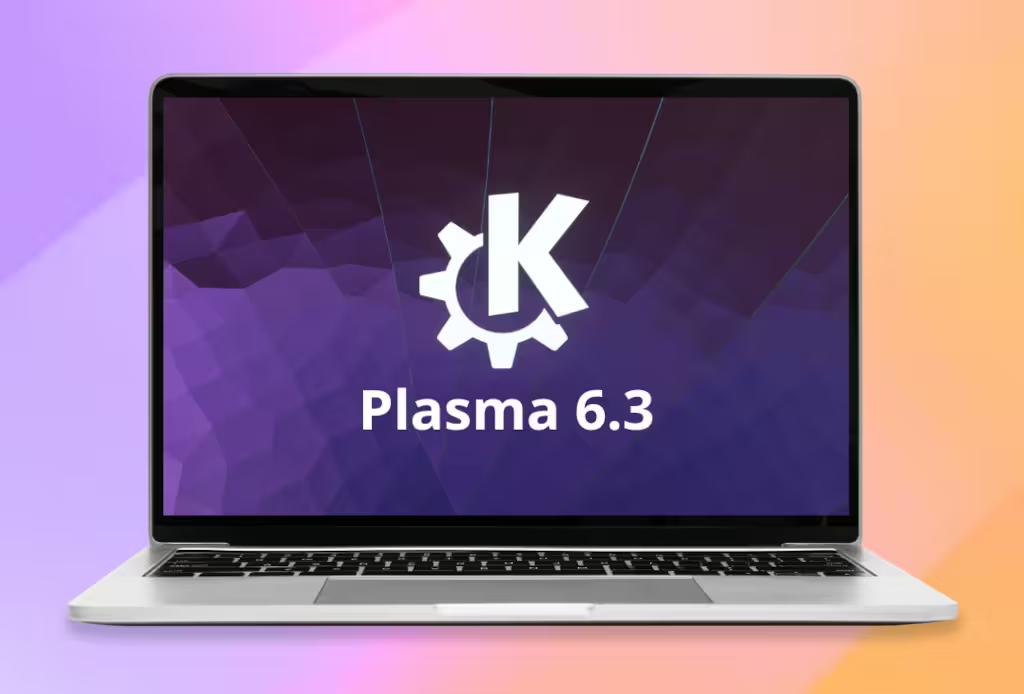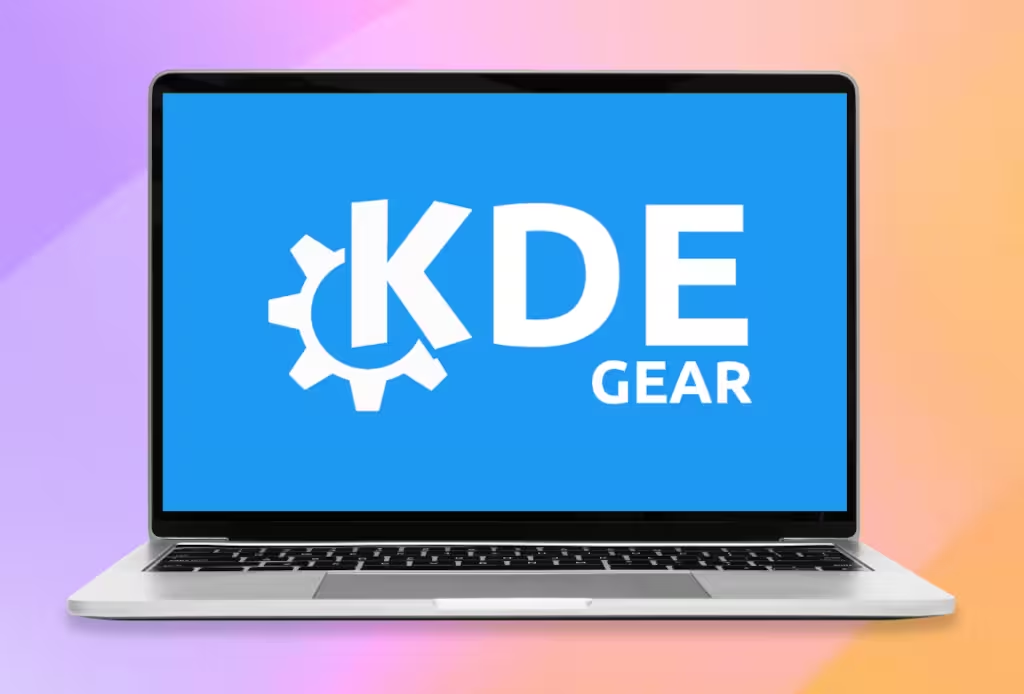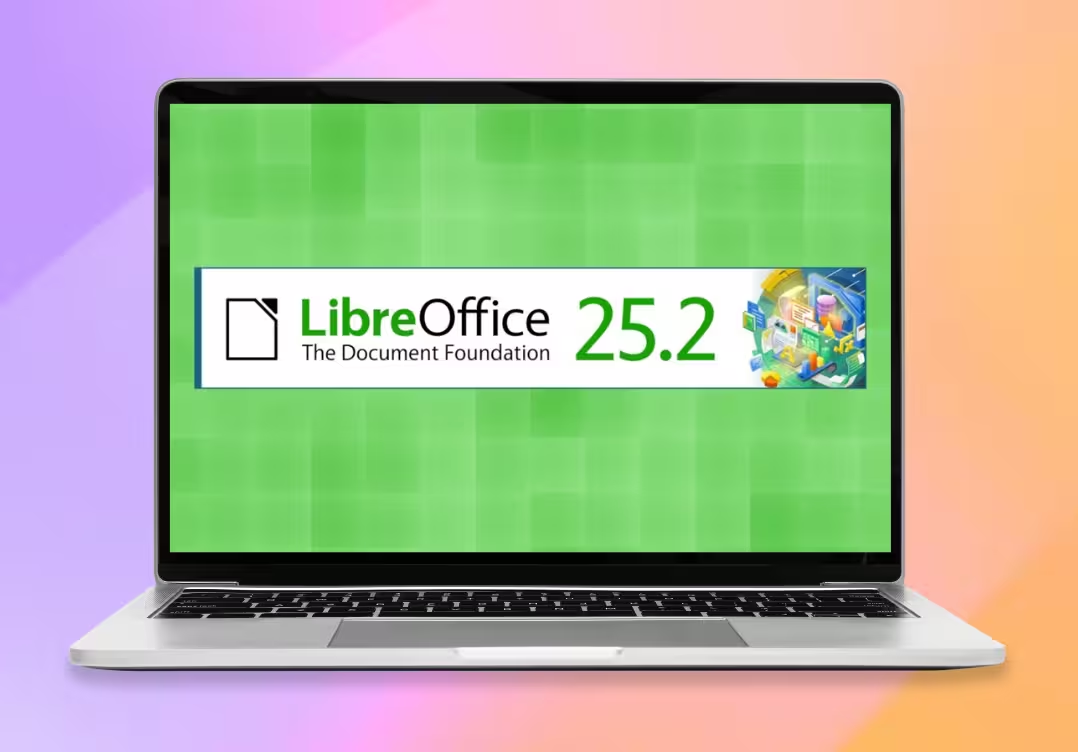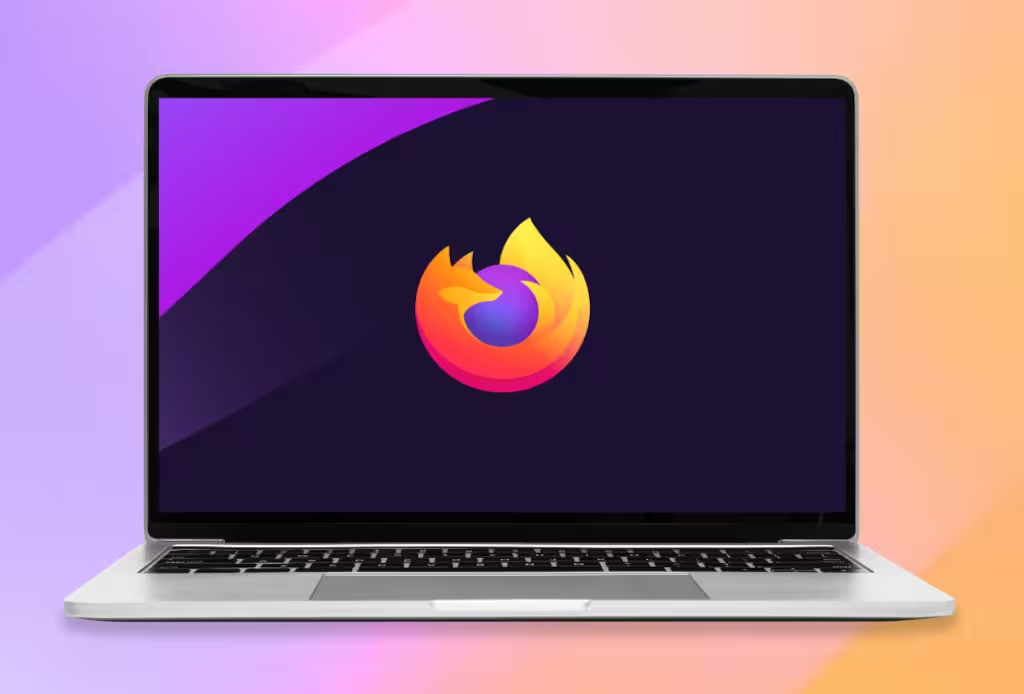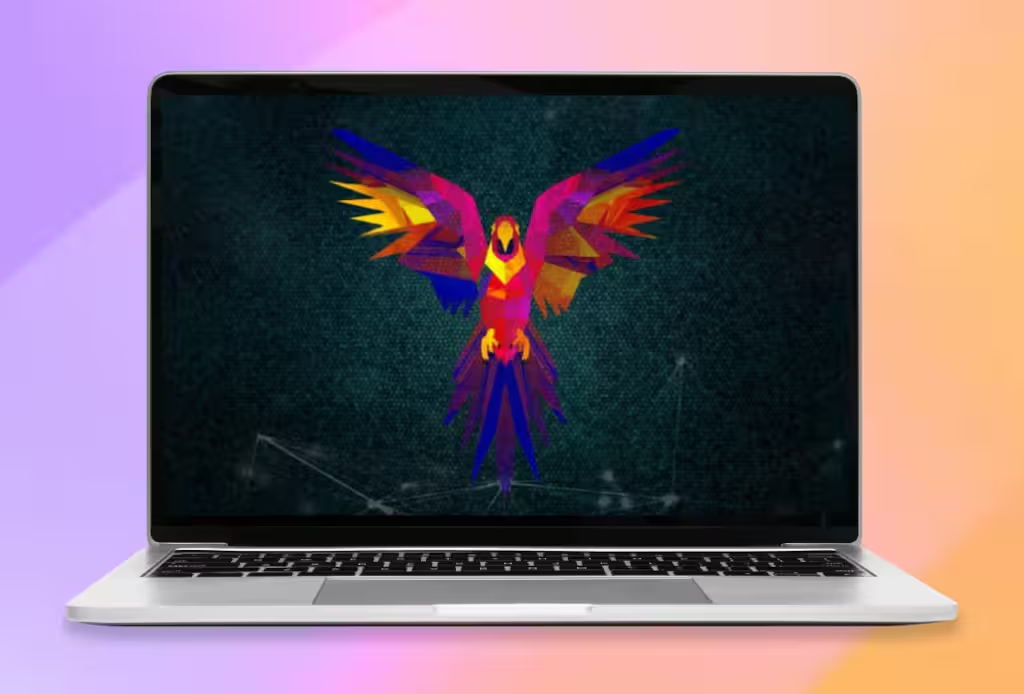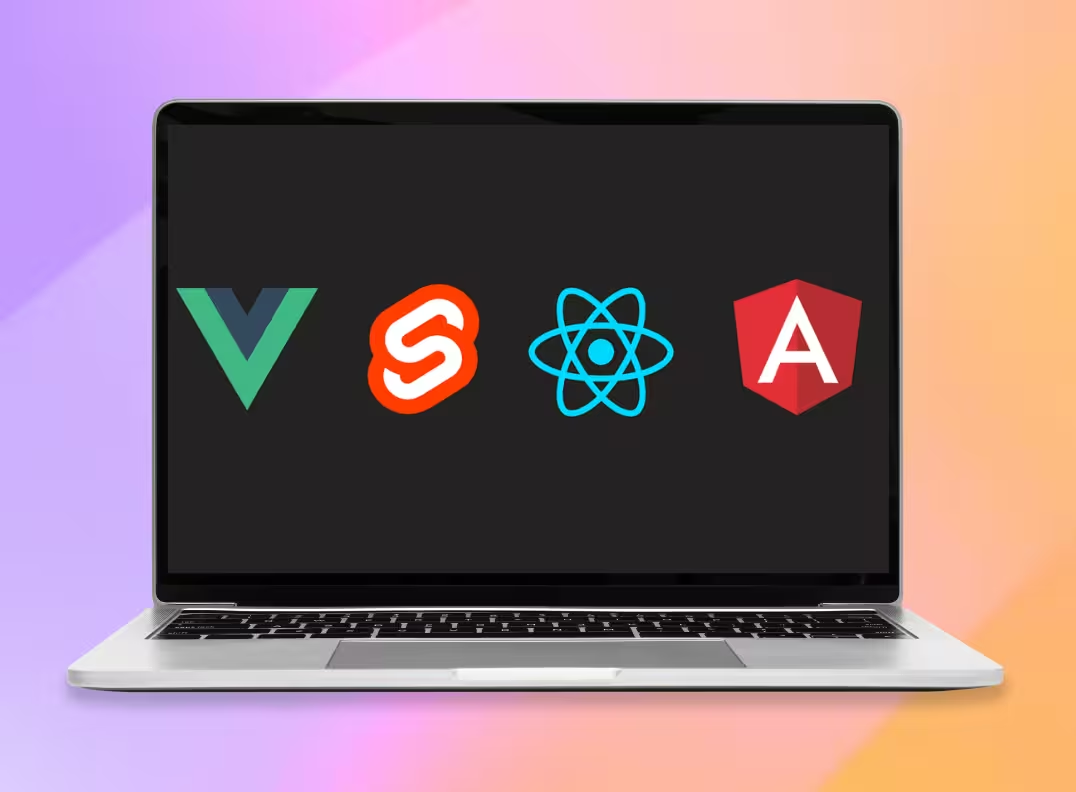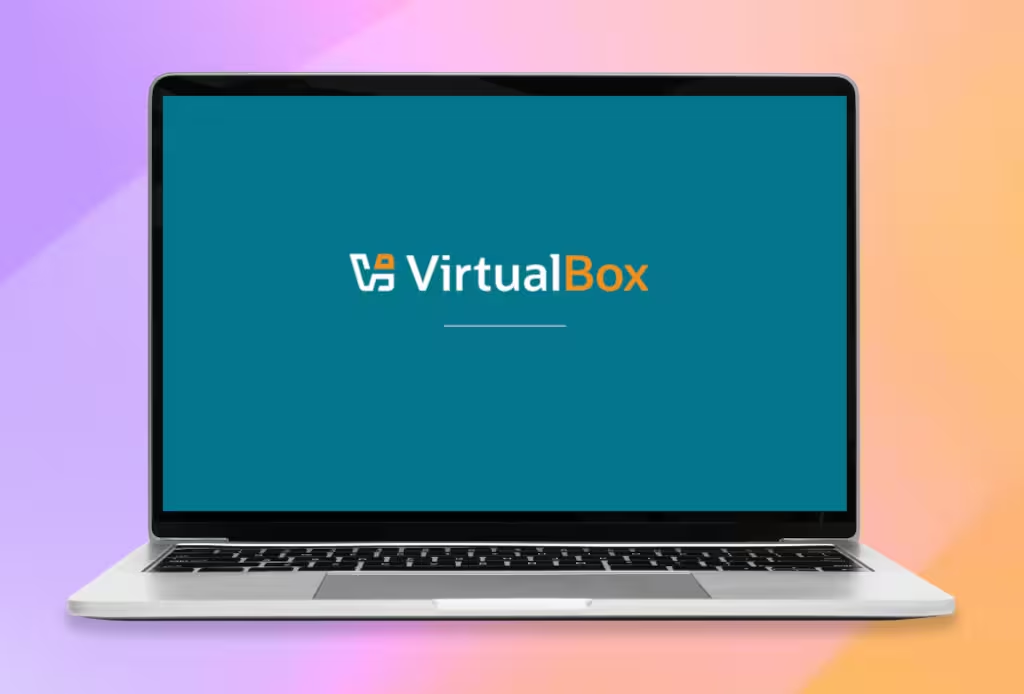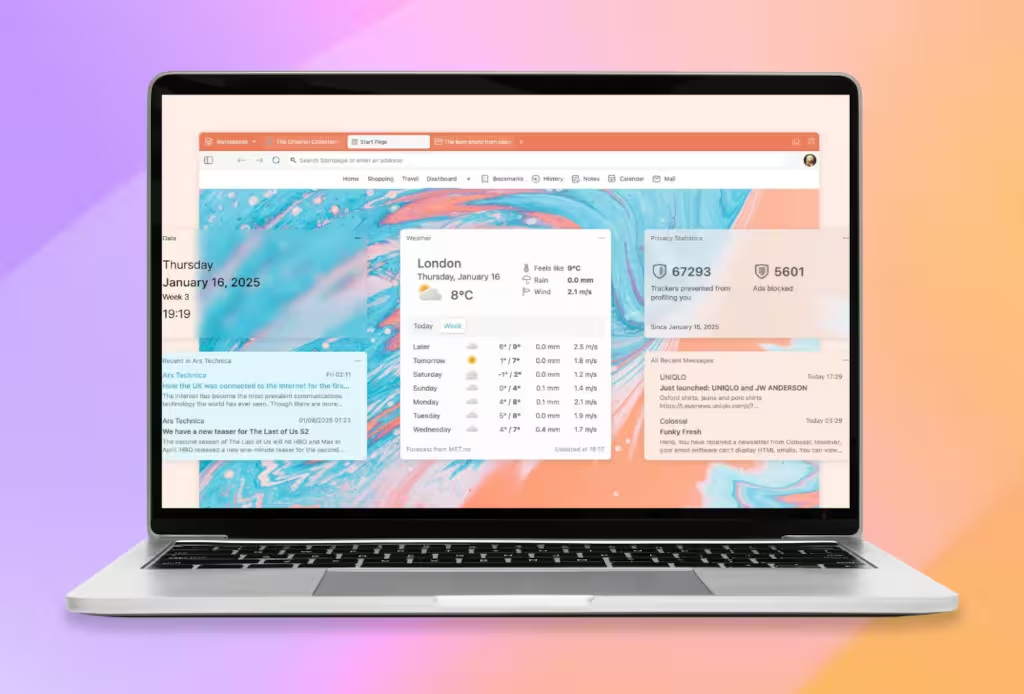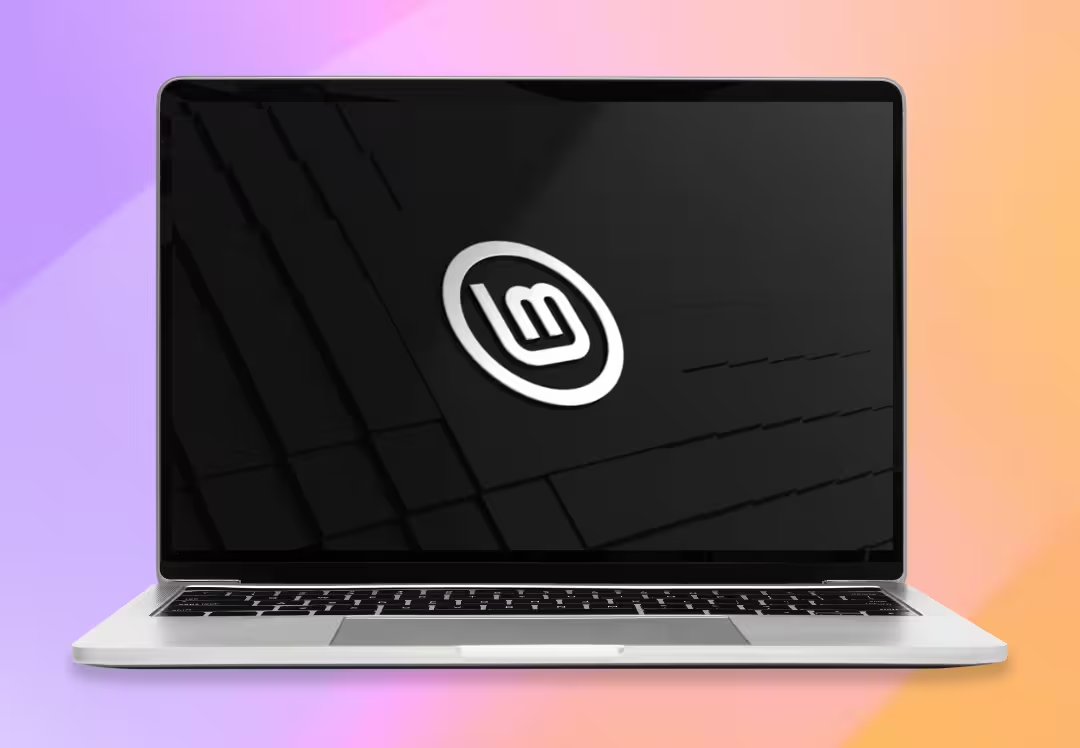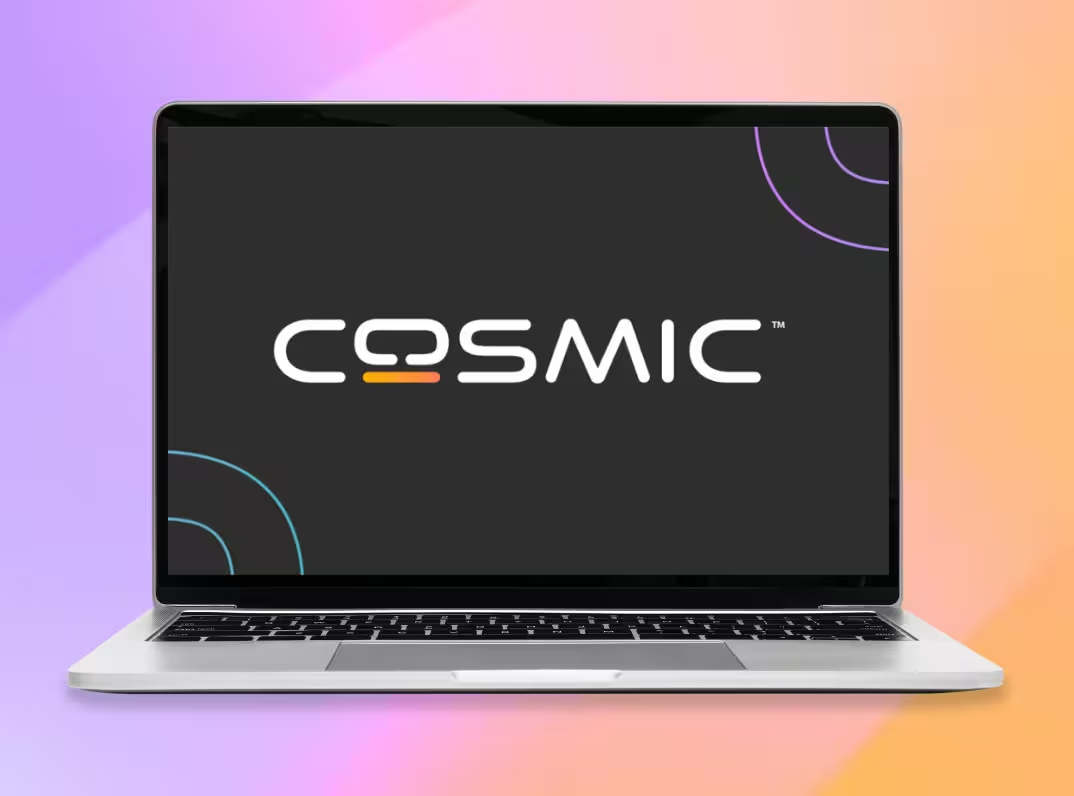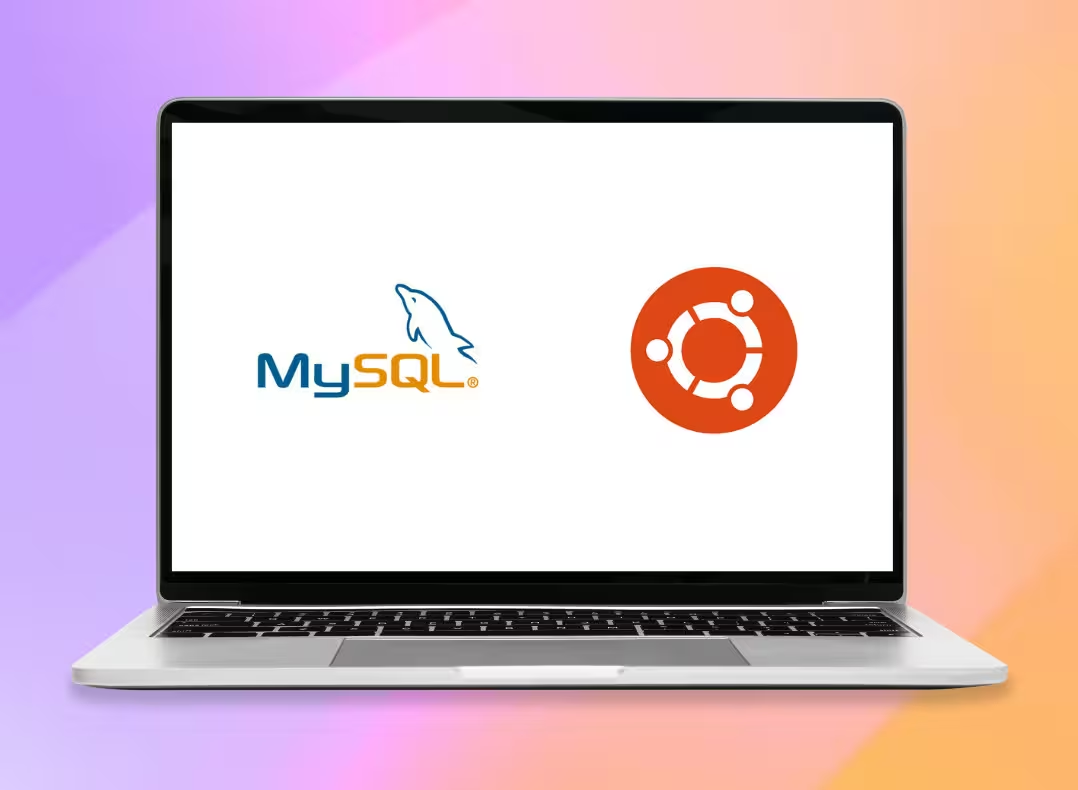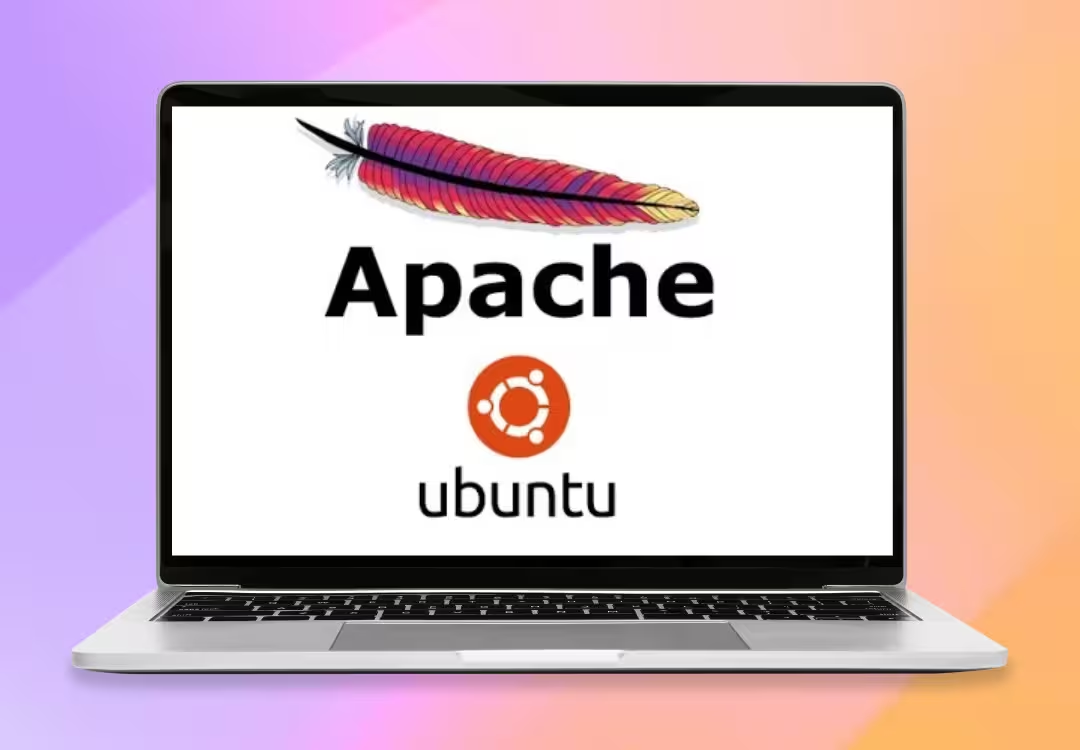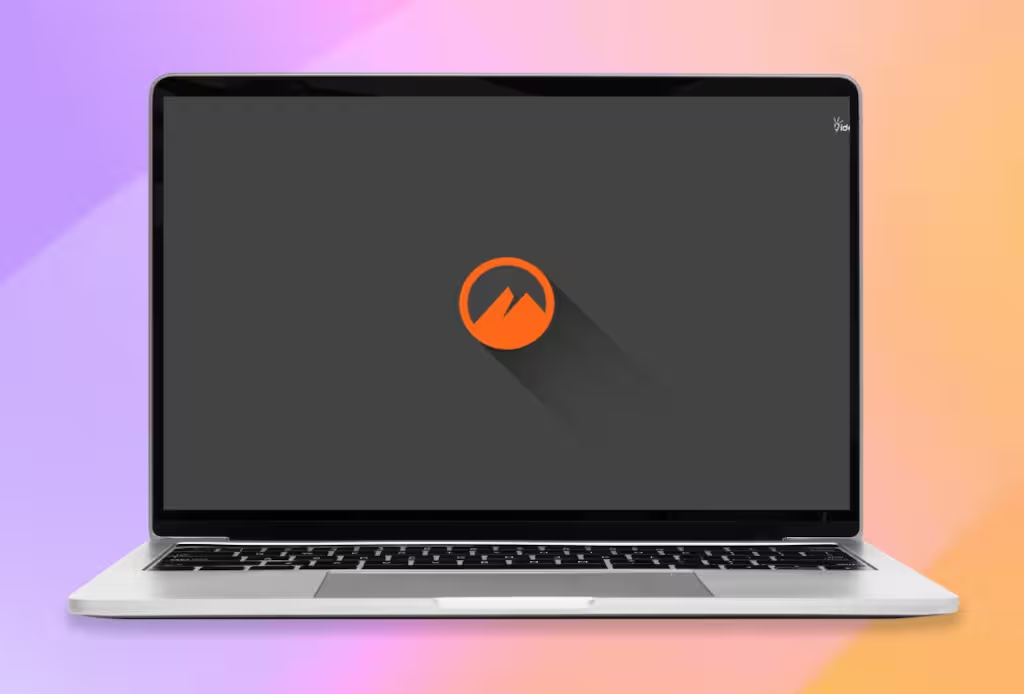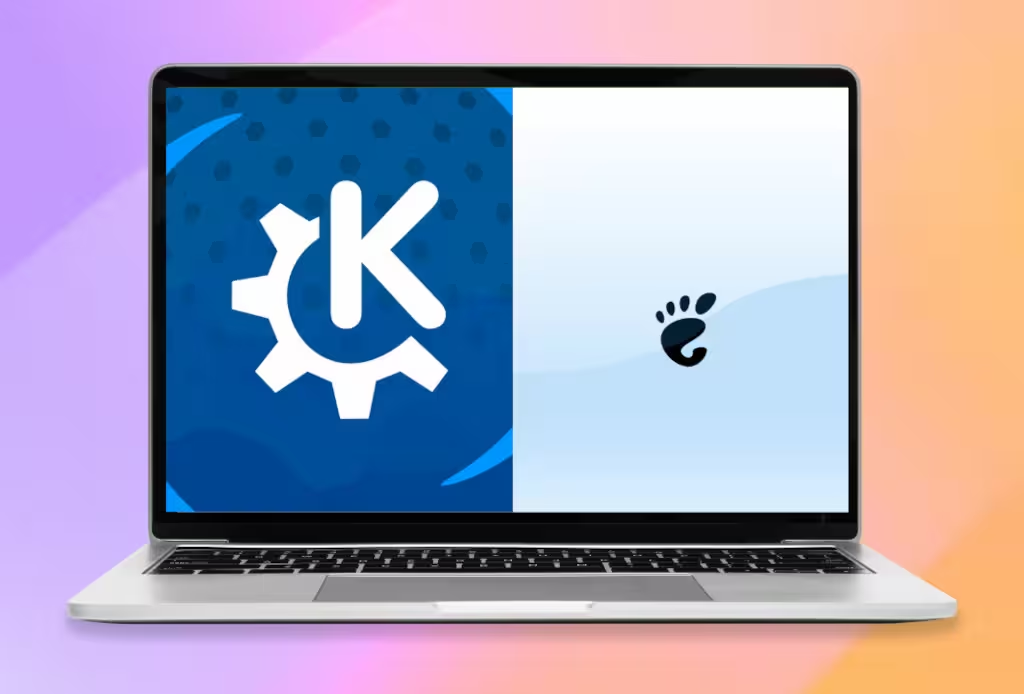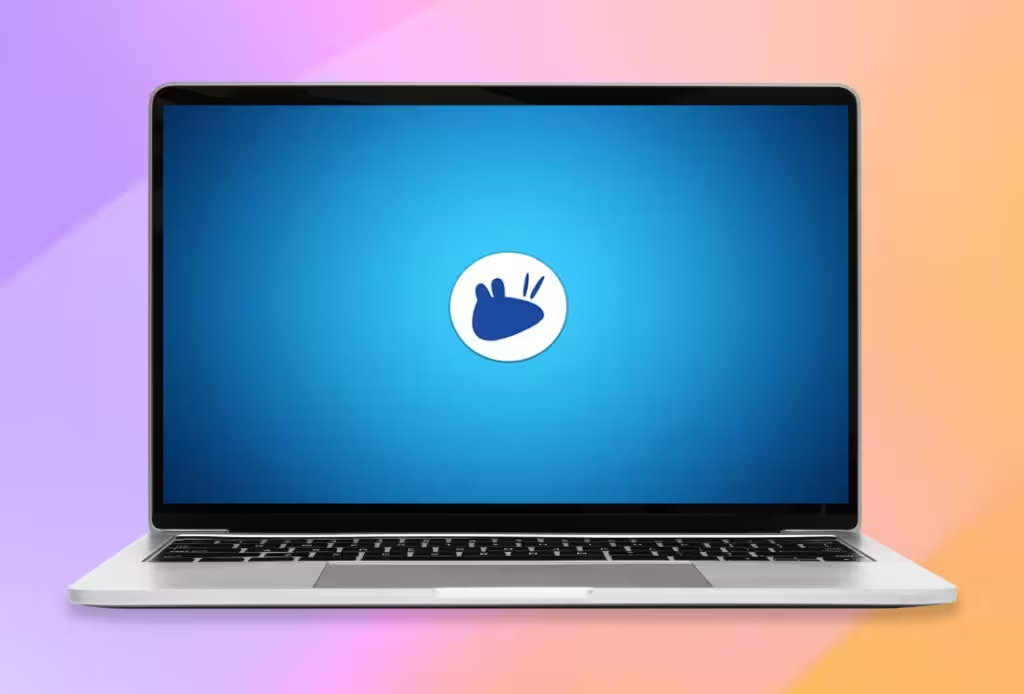Blender 4.4 is now available, bringing a series of improvements that optimize the experience within the popular 3D modeling software. This new version introduces advancements in animation management, graphical performance, and compatibility with modern hardware, solidifying Blender as an increasingly powerful tool for artists and developers.
One of the most significant changes in this version is the introduction of Slots in Actions, a new way to store the animation of multiple elements within the same action. This improves data organization and reuse, as it allows sharing actions across different blocks without duplications, optimizing project efficiency. Now, all actions are "slotted" by default, meaning older files will be automatically updated to this new system.
Blender 4.4 also brings significant improvements in rendering and hardware support. This version is the first to use Vulkan to display Cycles results, with an implementation based on a new threading model that maintains performance compared to OpenGL. Moreover, the experimental Vulkan backend has received a major update, enhancing stability and compatibility, bringing it closer to its planned full maturity by 2025.
Regarding hardware support, Blender 4.4 is now compatible with NVIDIA GeForce RTX 50 (Blackwell) and AMD Radeon RX 9000 (RDNA4) graphics cards, optimizing GPU rendering and improving processing speed. HIP-RT is no longer experimental for AMD hardware, and ROCm 6.0 is now the minimum requirement on Linux systems. However, support for RDNA1 GPUs has been removed.
General performance has also been improved with various optimizations. The CPU compositor has been rewritten to prepare for future updates, the Triangulate node has been ported from BMesh to Mesh, increasing performance by up to 300 times in some cases, and the OptiX denoiser has been updated to offer better noise removal quality. Additionally, it is now possible to render videos in H.265 (HEVC) format for better compression without quality loss, along with support for 10- and 12-bit-per-channel videos, rendering in BT.709 color space, and more accurate YUV-to-RGB conversion.
Blender 4.4 introduces new tools and interface improvements to make the workflow more efficient. A new brush type called Plane Brush has been added, generalizing the functionalities of Flatten, Fill, and Scrape, with new options to control stabilization and range of influence. The 3D viewport overlays have been rewritten for better coherence and flexibility, and text strips can now be edited directly in the preview area. Asset management improvements have also been implemented, such as the option to sort by catalog instead of by name, the ability to delete asset previews, and the possibility to adjust node sizes with alignment fitting.
With these improvements, Blender 4.4 is consolidated as one of the most advanced tools in the world of 3D modeling and animation, offering a more efficient and accessible environment for users. The version is now available for download as a universal binary, compatible with various Linux distributions without installation. For more information, you can check the release notes on the official Blender website.



